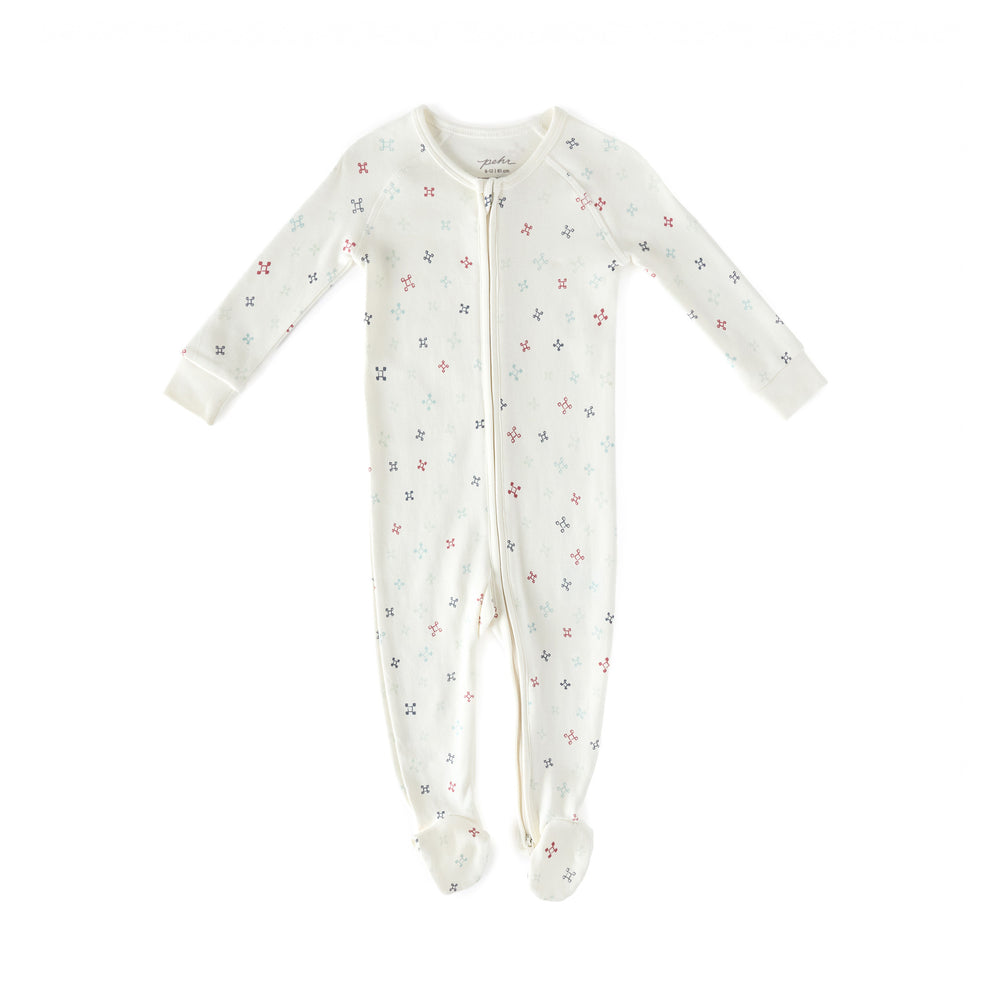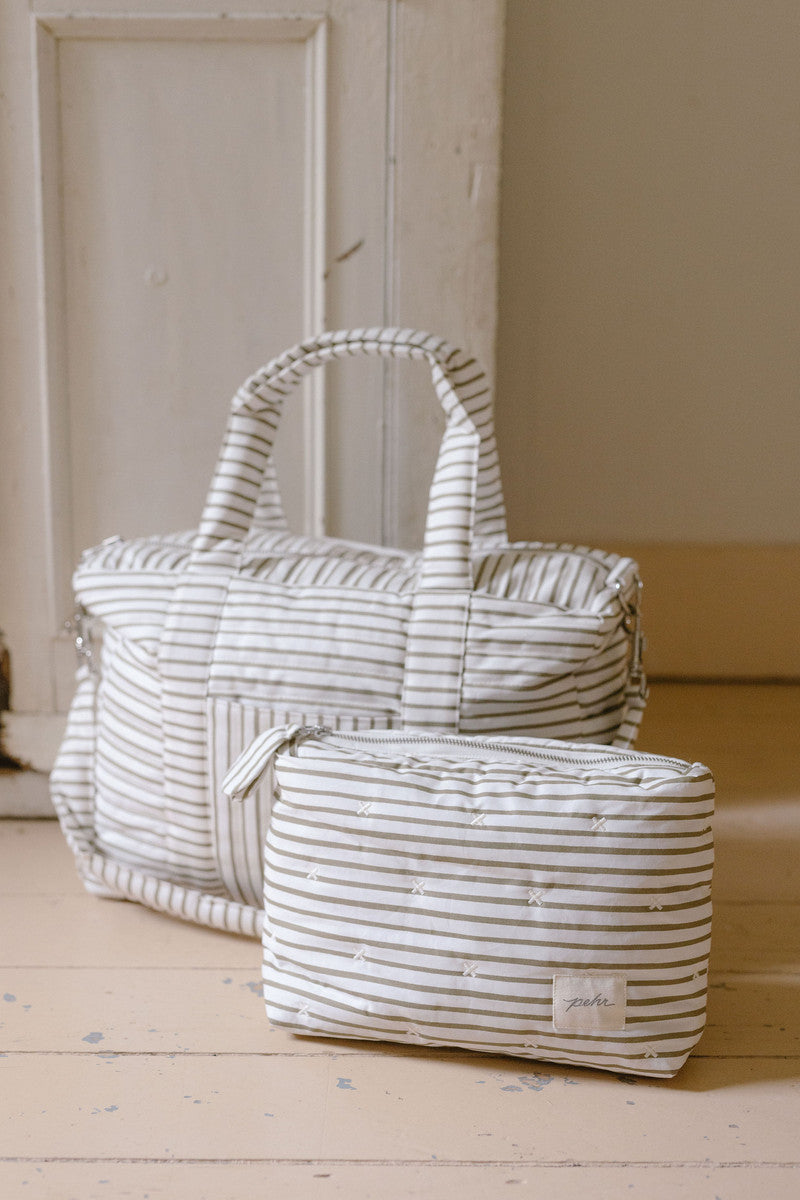From Baby to Bookworm: Reading to Littles
Reading with your little one is a way to connect and slow down together. It helps inspire a love of books that will last a lifetime! From developing language skills to sparking imagination, reading to kids has a lot of benefits at every age. From board books to classic novels, read on for our top 5 reading tips for families.
Why is reading to kids important?
Reading to babies daily in the first few months stimulates the area of the brain that allows them to understand language, develop speech and build communication and social skills. Not only does it build knowledge and understanding, it strengthens the emotional bond and connection you have with your little one.
Reading to babies also sparks creativity and promotes imagination while teaching your little one about the world around them. Building positive associations between reading, books and their parent’s voice during storytime sets your little one on a path toward a lifetime of learning.

French Terry Sweatshirt & Joggers
Top 5 Reading Tips for Families
Reading to babies plays an important role in their development, and you can start when they’re still a newborn. You may be wondering how to raise a reader, especially within a culture of screentime. Here’s 5 reading tips for families to help instill a lifelong love of storytime:
- Start young. High contrast books for newborns feature black and white images babies can focus on before their eyesight and color perception develops at 6 months old. Reading to your infant is a great way to bond with your baby (even if they don’t understand what you’re saying just yet) because your voice is soothing to them. Once they can sit up, your little one will start turning the pages and exploring the different textures in touch-and-feel books. Between 1-2 years old, lift-the-flap and activity books are really engaging while picture books are great for reading together and as a stepping stone to independent reading at school. Choose a blanket to keep your little one snug and warm - and join them for storytime in a reading nook, their toddler bed or the sofa.
- Create family routines and rituals. Whether it’s visiting the local library for storytime this fall or snuggling up in comfy pajamas and sleep bags with their favorite books at bedtime, make reading to kids part of your daily routine. Reading the newspaper or a magazine in the morning, walking to your local library to take or share a book, spending a few hours exploring a children’s bookstore, gifting books with a personalized inscription to your little one’s friends and family are all great ways to make your little fall in love with reading. Books offer comfort and are a key teaching tool for introducing ideas to your little like potty training, new siblings, and preparing for preschool.
- Make it fun. Use silly voices, puppets and books with music and sound effects to add more variety as your toddler grows. Try sticker books, search and find, and activity books about themes and settings your little one is drawn to. Singing songs to the words of the story or introducing nursery rhymes are also beneficial in developing language. Try playing dress up with them as you read along. Reading to babies using tactile books encourages them to use their senses to explore storytelling. Try reading books you saved from your own childhood but tune into your little’s own unique preferences.
- Let them guide you. Be flexible when reading to babies and to kids. Let them explore their bookshelf and see what they’re most excited by - then offer stories with characters, topics and illustrations they like. If your infant is eager to turn the pages quickly, skip some of the text and let them set the pace. If your toddler has a lot of questions, it’s okay for them to interrupt - it’s a sign they’re actively engaged. Try pointing to illustrations or characters, asking questions or just inviting them to narrate in their own words. Don’t hesitate to expose them to new worlds and topics they don’t have context for yet.
-
Go to the library often. Visiting the local library will often help instill a love of reading. From parent and tot play dates to toddler storytime, by the time they’re old enough to get their own library card, reading will be a preferred activity and a part of who they are. There’s usually events, reading clubs and contests throughout the year so make sure your little one is involved with all the programming your local library has to offer. Pack a cozy organic cotton swaddle for on the go and keep a diaper bag stocked with books in the car to show them reading to kids can happen anywhere and everywhere - on a road trip, in the park or at a restaurant.
Takeaways
Reading helps foster the deep bond between parent and child. After a busy day, snuggling up together and ending the day connected is a heartwarming way to wind down. Reading to kids offers your little one an opportunity to better understand themselves and others by identifying with a character in the story. We hope these ideas inspire you to read to your little one daily and encourage them to embrace their inner bookworm!
Frequently Asked Questions
If reading is difficult or challenging for your little one, they might not love reading right away. Find something your child is interested in. Try comic books and graphic novels, read along books and audiobooks. If there’s a movie they love, try reading the book version of the story to them. It’s important to rule out any hurdles like vision problems or a learning disability, so always talk to your healthcare provider if you have any concerns.
Begin as early as possible. The roots of language start developing long before your baby can talk. Repetition is important for speech and language development - the more words a baby hears over time, the more words they will learn in their vocabulary. Newborns can gaze at high contrast books and flash cards while babies as young as 3-4 months old will follow along in board books with you.
Slow your speech and emphasize different words. Change the tone of your speaking voice when you’re reading and choose books with rhyme, rhythm and repetition.











